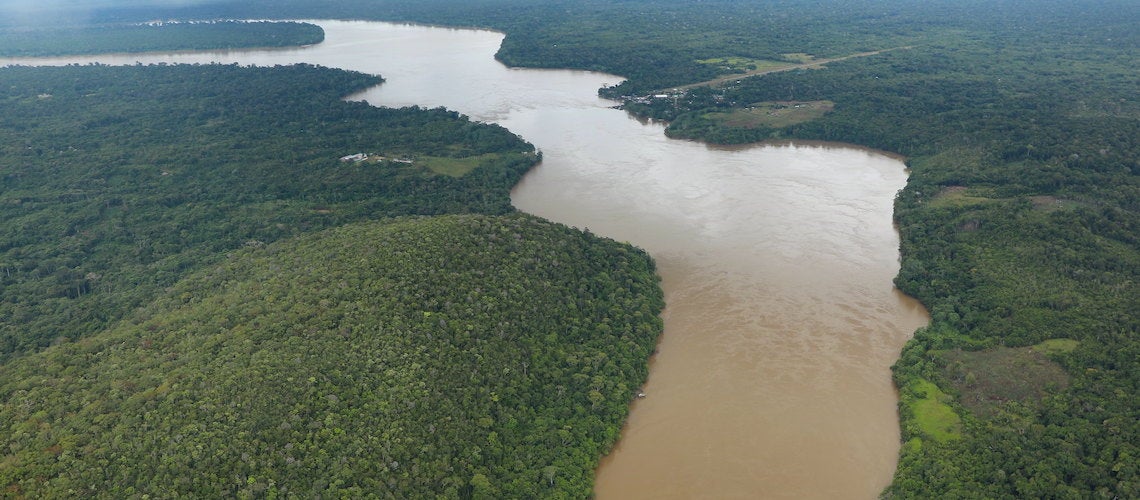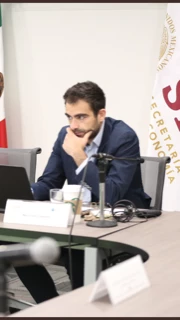 Amazonia colombiana. Foto: Jairo Bedoya
Amazonia colombiana. Foto: Jairo Bedoya
Colombia, with 17 fixed internet connections per 100 inhabitants, ranks last among the member countries of the Organization for Economic Cooperation and Development (OECD). While the country has made progress in its digital transformation, achieving universal internet access, and harnessing the potential of connectivity for sustainable and inclusive economic development, remains a significant challenge for the government, which aims to connect 85% of the country.
Moreover, internet access varies from one department to another, as well as between rural and urban areas. According to figures from the Ministry of Information and Communication Technologies, the widest digital divide exists in the Amazonia and Orinoquía regions, specifically in the departments of Vichada, Vaupés, Guainía, and Amazonas.
Although public connectivity programs have been implemented to provide a network infrastructure across the national territory, such as the National High-Speed Connectivity Project and the National Fiber Optic Network projects, these efforts have proven insufficient.
To support Colombia's progress in addressing its key development challenges, including high inequality, low productivity, limited economic diversification, and climate change, the World Bank conducted a study on digital infrastructure as a structural enabler of the human security and social justice axis.
The study's objective was to identify a technically, economically, financially, and regulatorily viable solution to close the digital divide in the Amazonas, one of the departments with the highest poverty rates. In 2021, the incidence of multidimensional poverty in the Amazonas department was 25.7%, around 10 percentage points higher than the national average of 16%.
As part of the study, a survey was conducted in households and businesses in the municipalities of Leticia and Puerto Nariño and in non-municipalized areas (ANM) of Tarapacá, La Chorrera, Puerto Arica, and Puerto Santander. Some of the data indicates that 44% of households have internet access; 70% of these are in urban areas, while only 17% are in rural areas. In these households, only 37% have used the internet for educational purposes, and 28% for work-related reasons. Furthermore, 72% of households belonging to indigenous communities lack internet experience, although 65% expressed interest in receiving training.
The study proposes three infrastructure deployment scenarios that combine different technological alternatives:
- Deployment of high-capacity satellite ground network systems.
- Strengthening the capacity, availability, and coverage of the existing microwave network, supplemented by satellite in isolated locations.
- Connectivity through sub-fluvial optical fiber in Colombia's rivers or international connectivity through Peru and Brazil.
These solutions also consider service availability improvements in areas with low-quality coverage. With these technical conditions, access to multimedia applications and services such as video conferencing, video streaming, and interactive games could be facilitated, thereby promoting educational solutions and productivity improvements.
Beyond technical infrastructure
The study also suggests that, although the execution of the scenarios analyzed is technically feasible under current legal and regulatory frameworks, improvements can be made in the legal and regulatory aspects to promote connectivity in remote, rural, or vulnerable regions of Colombia. This could be achieved through the design, development, and implementation of a comprehensive regulatory strategy that includes the creation of a differential regulatory framework for rural or remote areas and the simplification of the procedures issued by municipalities to encourage the deployment of communication infrastructure.
All three scenarios require financing from USD 96 million to USD 105 million to cover capital and operational expenses over a 10-year period. The World Bank, the Universal Fund for Information and Communication Technologies (FUTIC), and microfinance companies have the capacity and interest to finance projects to close the digital divide.
In the case of opting for the satellite and the strengthening of microwave network scenarios, it would be possible to reach 87% coverage of the population in the Amazonas department . This would represent a significant commitment by the Colombian government, especially considering that improvements in internet access in remote and vulnerable areas support the creation of economic opportunities, efficient provision of public services, and greater citizen well-being.
Stay updated with our weekly article
Related articles



Join the Conversation